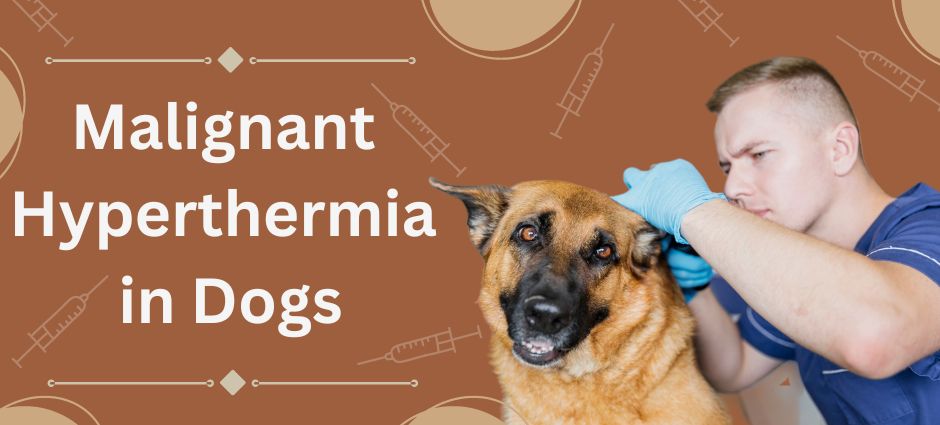Malignant hyperthermia (MH) is a rare but potentially fatal condition that can affect humans and animals, including dogs. Moreover, it is a hypermetabolic crisis triggered by certain anesthetics.
While less common in dogs than in humans, it’s crucial for cute dog lovers and veterinarians to understand the signs, causes, and prevention of malignant hyperthermia in Dogs.
So, let’s learn about this here.
What is Malignant Hyperthermia in Dogs?
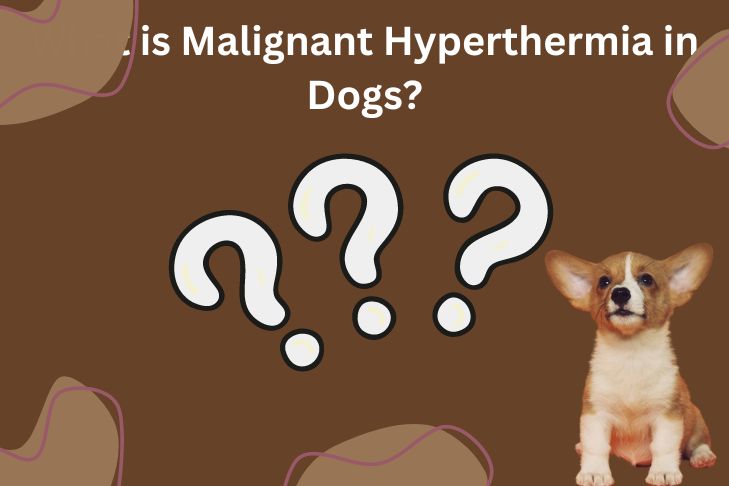
Malignant hyperthermia in dogs is a life-threatening condition characterized by an abnormally rapid increase in body temperature. Undoubtedly, this rapid rise is triggered by exposure to certain anesthetic agents.
The body’s metabolism goes into overdrive, leading to muscle rigidity, rapid heart rate, and other serious complications that can affect your fluffy dog big breed.
Signs and Symptoms of Malignant Hyperthermia in Dogs
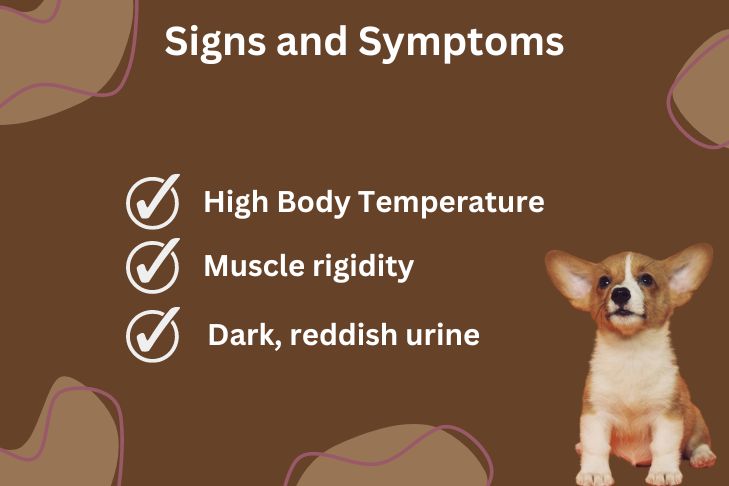
Recognizing the symptoms of malignant hyperthermia is crucial for timely intervention. While the condition progresses rapidly, some early signs include:
- Increased body temperature: This is often the first and most noticeable symptom.
- Muscle rigidity: Your happy doggo may experience stiffness or tension in their muscles.
- Rapid heart rate and breathing: The dog’s heart and respiratory rate will increase significantly.
- Dark, reddish urine: This is a sign of muscle breakdown.
- Abnormal blood pressure: Blood pressure can become dangerously high or low.
If you suspect your big fluffy dogs are experiencing malignant hyperthermia, seek veterinary attention immediately before something bad happens and you have to carry the weight forever.
Causes of Malignant Hyperthermia in Dogs
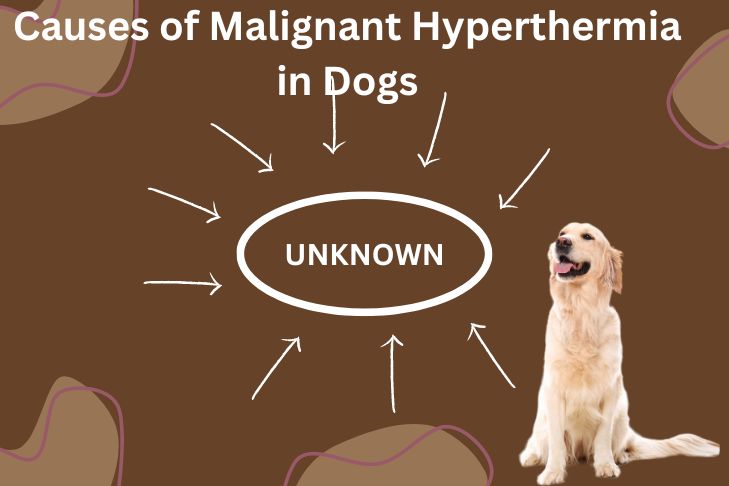
The exact cause of malignant hyperthermia in dogs is unknown, but it is believed to be a genetic predisposition. Certain large fluffy dog breeds, such as Great Danes, Doberman Pinschers, and English Bulldogs, may be at a higher risk.
Exposure to specific anesthetic agents, known as triggering agents, can initiate the hypermetabolic crisis. Read Also: Learn about the impact of dosage of aspirin for dogs.
Preventing Malignant Hyperthermia in Dogs
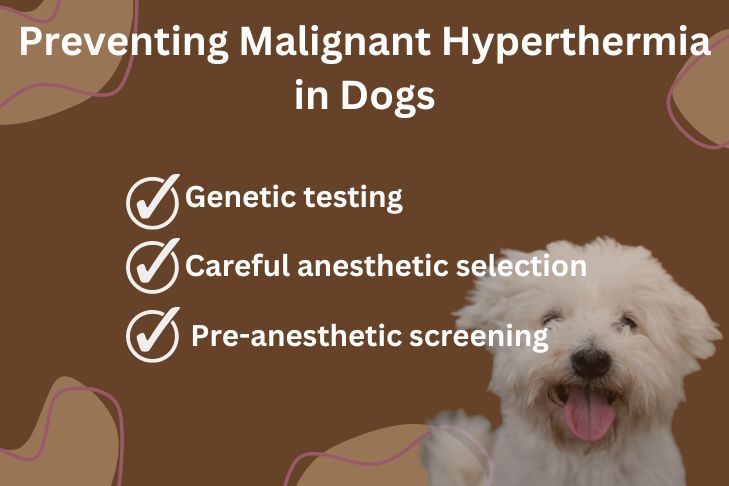
Although we can’t guarantee that you can prevent hypothermia in your favourite chunky dog by doing certain things, we can guide you about some common steps to follow to be cautious:
- Genetic testing: Some breeds are more predisposed to the condition. Genetic testing can help identify carriers and reduce the risk of passing the gene on to offspring.
- Careful anesthetic selection: If your dog has a family history of MH or belongs to a high-risk breed, discuss anesthetic options with your veterinarian.
- Pre-anesthetic screening: A thorough physical examination and blood tests can help identify underlying health issues that may increase the risk of MH.
- Emergency preparedness: Knowing the signs of malignant hyperthermia and having a plan in place for emergency treatment can save your dog’s life.
Treatment for Malignant Hyperthermia in Dogs
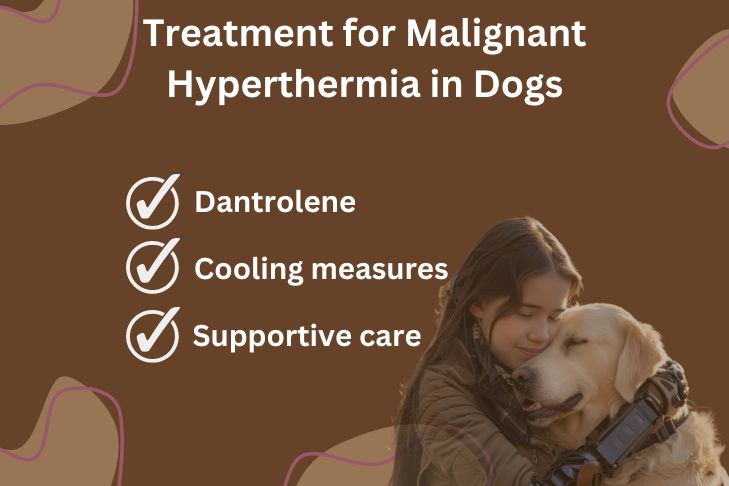
When it comes to treatment, you have to ensure you’re going to a really good vet and make sure your curly haired big dogs are getting the right medications and treatment plan. Here are some common things you should know:
- Dantrolene: This medication is specifically used to treat malignant hyperthermia.
- Cooling measures: Ice packs, cold water baths, and other cooling techniques may be used to lower the dog’s body temperature.
- Supportive care: This includes oxygen therapy, fluids, and medications to support heart and respiratory function.
Malignant hyperthermia is a serious and potentially life-threatening condition in dogs. By understanding the risks, recognizing the symptoms, and working closely with your vet, you can help protect your furry little friend.
Help you pup get treatment for glyphosate toxicity dogs. Know the symptoms here!
Living with a Dog at Risk for Malignant Hyperthermia
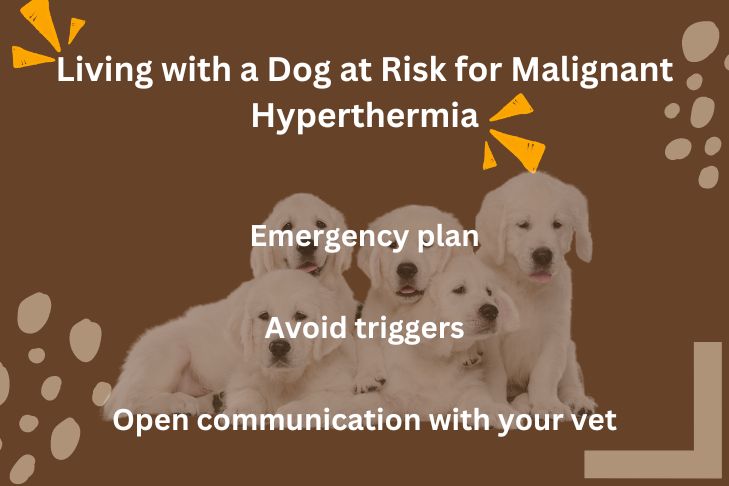
If your giant fluffy dog is at increased risk for malignant hyperthermia, here is a simple guideline we recommend you follow:
- Open communication with your vet: Maintain a close relationship with your veterinarian, informing them about your dog’s breed, family history, and any previous anesthetic experiences.
- Emergency plan: Discuss a detailed emergency plan with your vet, including where to seek immediate care and the necessary medications.
- Avoid triggers: While not always possible, try to avoid exposing your dog to known triggers for MH. This may involve discussing alternatives with your veterinarian for procedures that require anesthesia.
As mentioned earlier, of course, there is no guarantee but we can at the very least try and protect these innocent babies from any harm, be it an uncommon one, like Malignant Hyperthermia in Dogs.
Wrapping Up!
Dogs, with their unwavering loyalty and infectious joy, have always been an attraction to everyone. They are more than just pets; they are cherished members of our families. It’s no wonder that many people find themselves nurturing a maternal instinct towards their furry companions.
The unconditional love they offer evokes a protective and caring nature within us, as we strive to provide them with the best possible life. Understanding conditions like malignant hyperthermia in dogs is just one step in that journey, a testament to the deep bond between humans and their canine companions and we hope you enjoy this journey more than anything!



